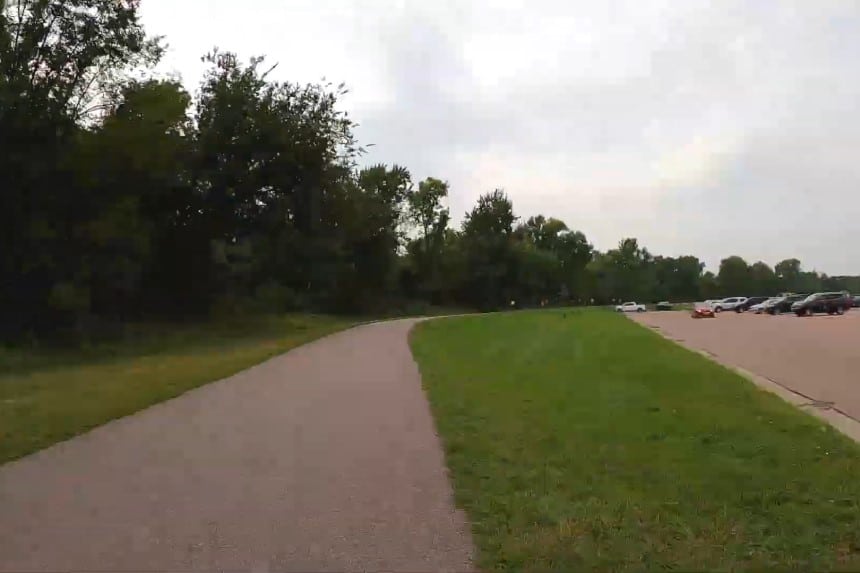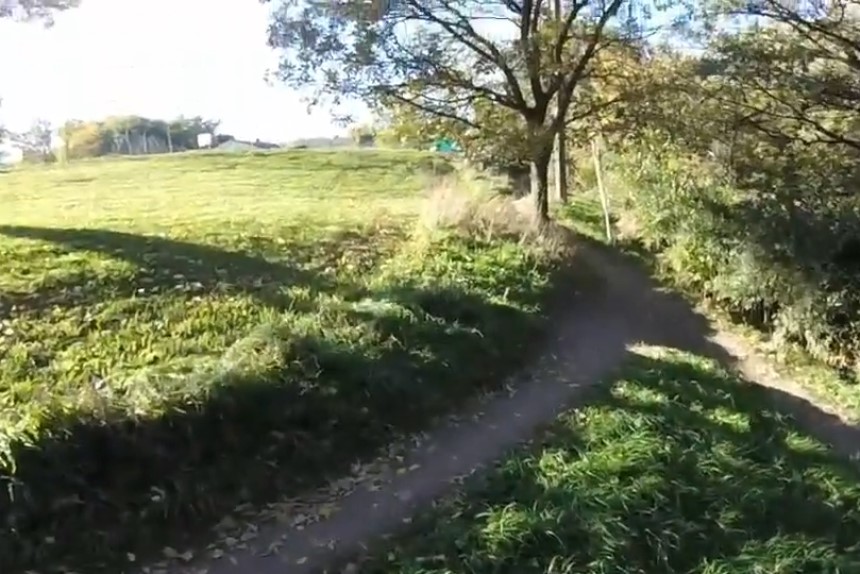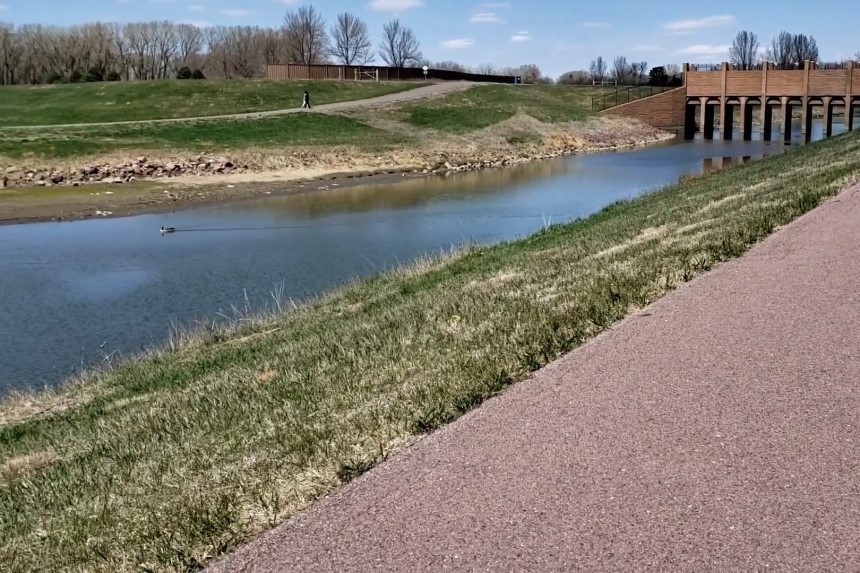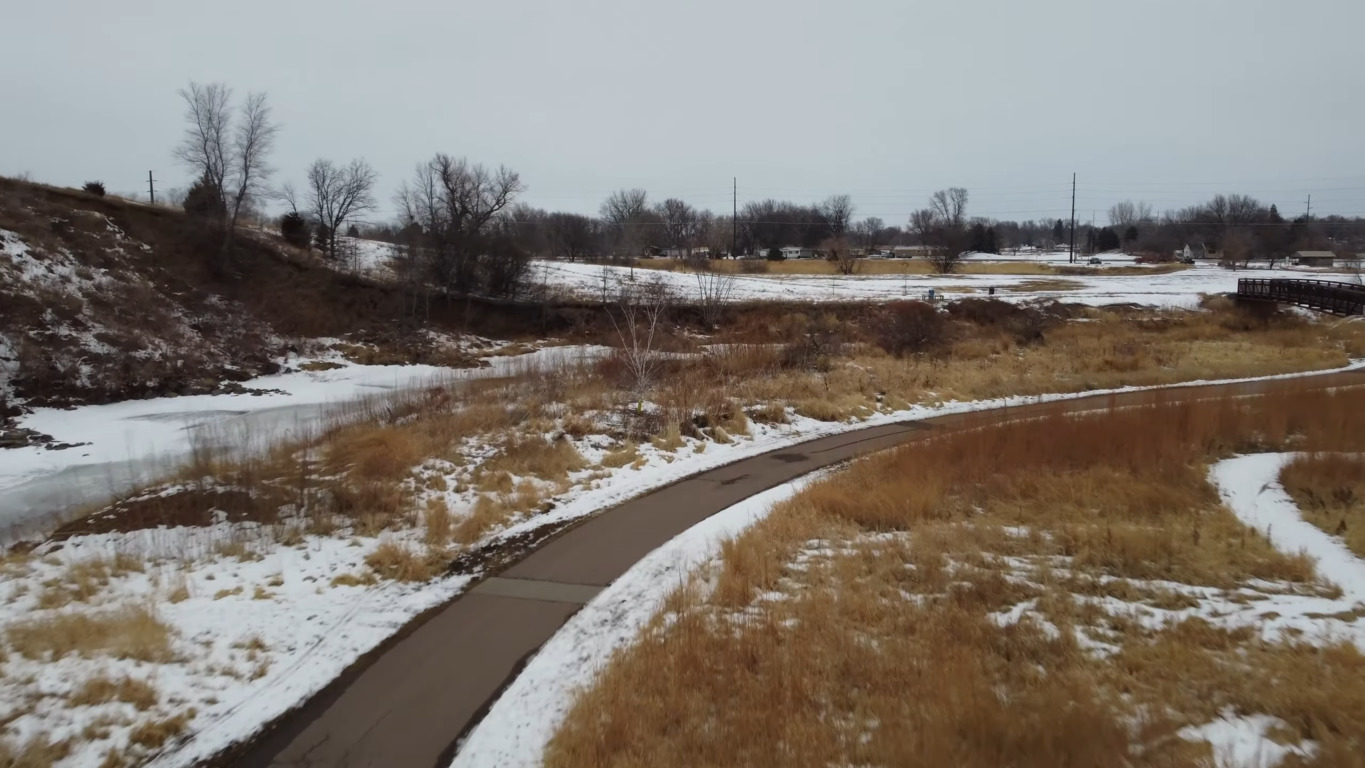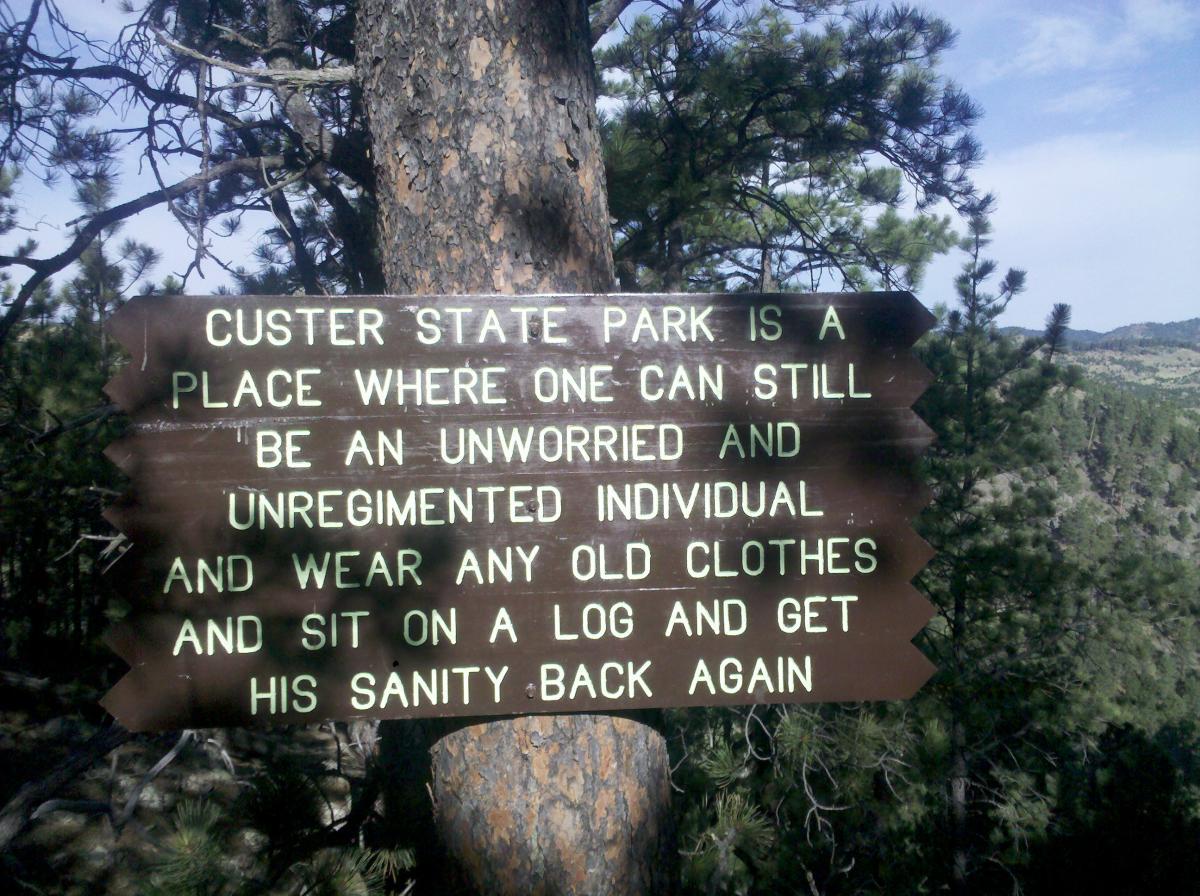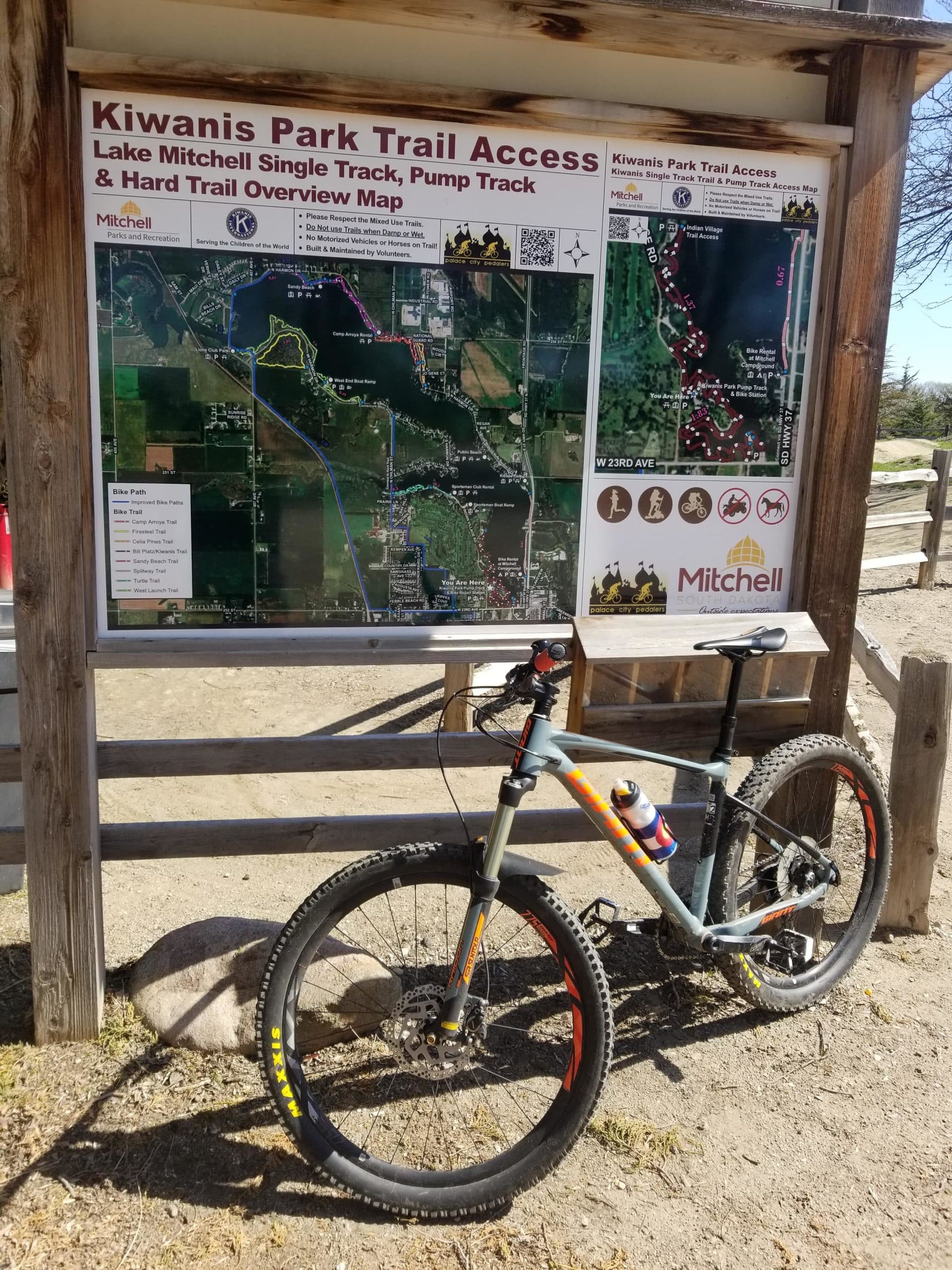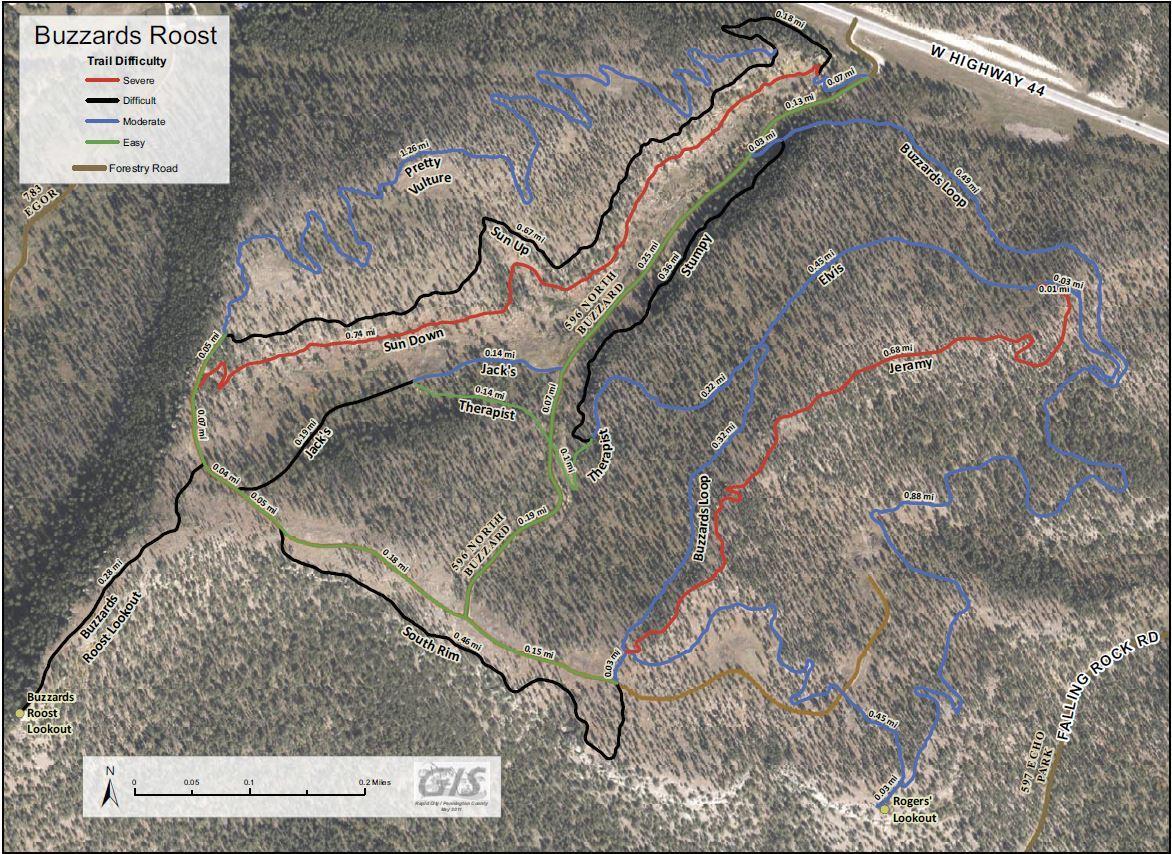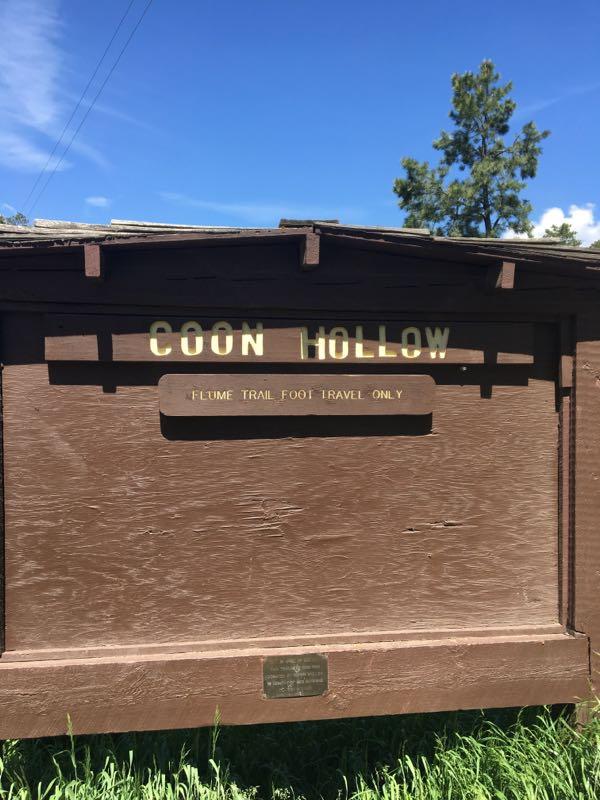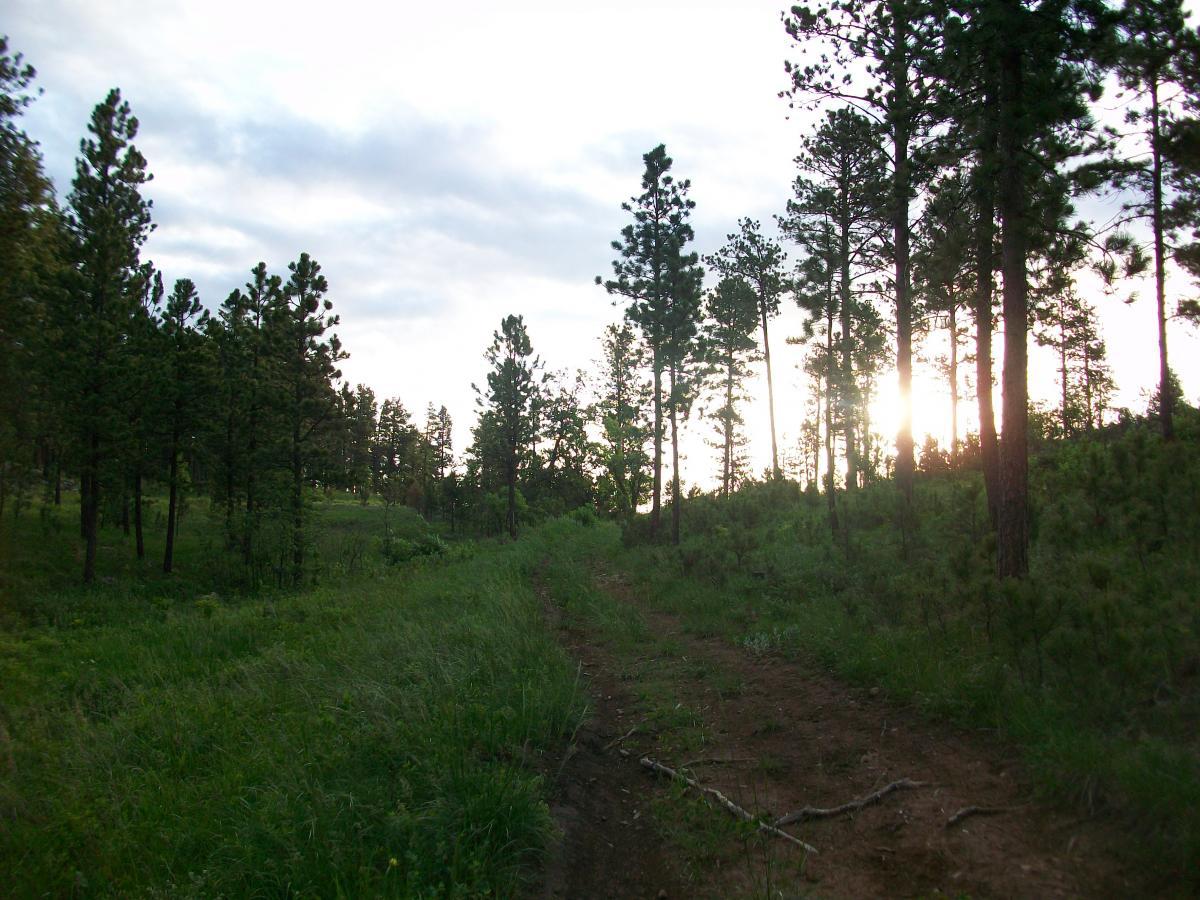South Dakota: Area Description
South Dakota is among the top largest states in the U.S. by area, spanning 199,729 km2. As such, the geography differs from place to place, with the state even being divided into three geographical regions. Like Washington State, there are the western and eastern parts of South Dakota. Additionally, the black hills are different from the other two regions.
Eastern South Dakota is the wettest of the three areas. It also features lower elevation levels than the other two. As for the Black Hills, it’s a range of low mountains that spans 15,500 km2 and has mountains that have elevations of as much as 4000 feet from the bottom.
Finally, western South Dakota mostly consists of ravines, plains, rolling hills, and flat-topped hills. If you’re in the state, you’ll be spoilt for choice on the type of terrains to explore, with the three geographical areas being so different.
For a more diverse biking experience, you can set aside time for all three. That said, the black hills are typically woody, while the other two don’t have as many trees along their bike trails. Eastern South Dakota also has some woody sections in places like Sioux Falls.
| Land area (sq. m; sq. km) |
199,729 km2 |
| Minimum Elevation |
968 ft |
| Maximum Elevation |
7,244 ft |
Demographics of South Dakota
Despite being among the largest states, South Dakota is one of the least populated in the U.S., with a population density of about 4.44 people per km2.
Those with a bachelor’s degree or higher make up 30% of the state’s population.
Also, the Median household income is $63,920, with the median age being 37.2, which is fairly close to the median age in Washington State.
Mountain biking has grown in popularity in South Dakota thanks to the nearly 6,000 miles of fire trails, abandoned railroads, and logging roads that make for amazing MTB trails.
| Total population (thousands, million) |
909,824 |
| Population density (persons per sq. km) |
4.44/km2 |
The Climate of South Dakota
Due to the large area and elevation variances, South Dakota is home to many localized climate conditions. However, for the most part, the climates can be divided into Western South Dakota, Eastern South Dakota, and the Black Hills.
Eastern South Dakota gets an average of 27.9 inches of precipitation annually. Precipitation in the western part is slightly lower at 23 inches annually. Given the higher elevations, the black hills are more prone to snow than the other two.
It’s worth noting that the rainy period in South Dakota lasts for almost eight months, from early March to early November. However, fall is still the best time to go mountain biking there. You’d just have to check the weather forecast beforehand to know if the weather will be favorable.
Average Temperature by Months and Seasons
| Month |
Average Temperature |
| January |
29°F |
| February |
33.6 °F |
| March |
45 |
| April |
59 |
| May |
69 |
| June |
79 |
| July |
84 |
| August |
82 |
| September |
74 |
| October |
59 |
| November |
43 |
| December |
31 |
Infrastructure
Most of the roads in South Dakota are gravel or dirt, so if you’re not in the city, you can take your bike instead of driving to the trails. However, this depends on the distance to the trail.
Even with such bad roads, it still has the right infrastructure for mountain bikers. This is due to the fire and logging roads as well as abandoned railroads that would make for decent mountain biking adventures in and of themselves.
The Hotels in South Dakota are a lot fewer than those in other states, given the small population and the fact that it’s not exactly a holiday destination. However, many of the hotels there are pretty highly rated, including examples like the Holiday Inn Express & Suites in Custer. The hotel is just 2km from the Black Hills National Forest which has plenty of trails to explore.
Sights and Landmarks in South Dakota
The parks in South Dakota provide plenty of bike trails that take you through amazing sights and landscapes. For instance, there are bike trails in Mount Rushmore National Memorial that pass by the faces of past presidents carved into the face of the mountain.
Other sights that mountain bikers should see are the big eight, including the Badlands National Park, Crazy Horse Memorial, the Missouri River, etc.
Describe the sights and landmarks you may pass through while mountain biking in the area.
FAQ about Trails in South Dakota
Which cities and regions in South Dakota have the best MTB trails?
For the best mix of scenery and bike trails, Custer, Sioux Falls, and Rapid City make for some of the best destinations in the state. That said, the other regions and cities also have plenty to offer, so you shouldn’t count them out.
What is the longest bike trail in South Dakota?
The longest is the Sioux Falls Bike Trail loop which takes you through 34 miles of paved trail, so it should be an easy ride you can do in a day.
What is the best time of year to mountain bike in South Dakota?
The best time to visit South Dakota is during fall, when the leaves start to turn their colors. The trails are much more beautiful and bright at this time of the year.

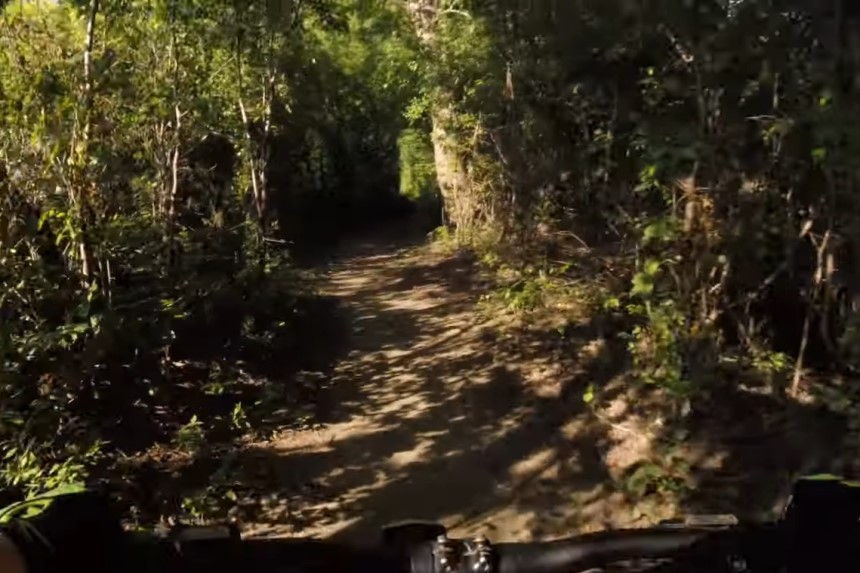
 0.9 mi
0.9 mi
